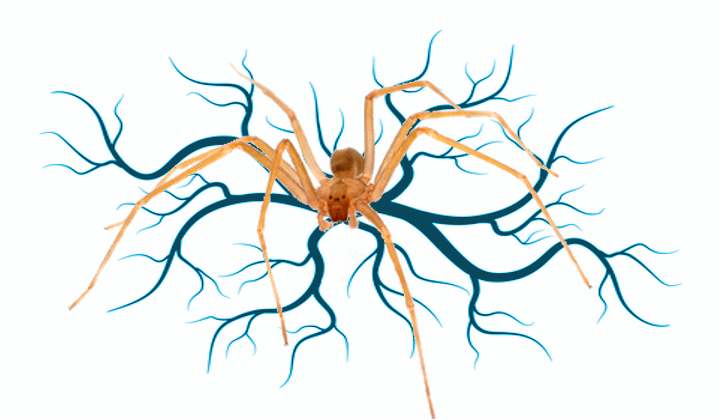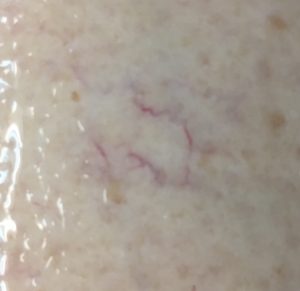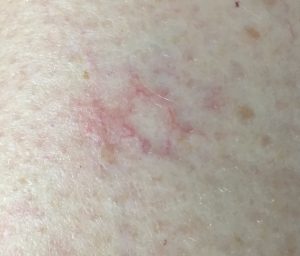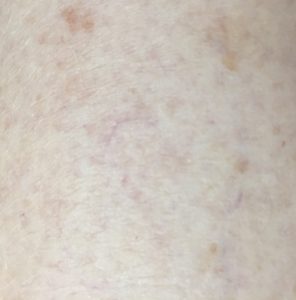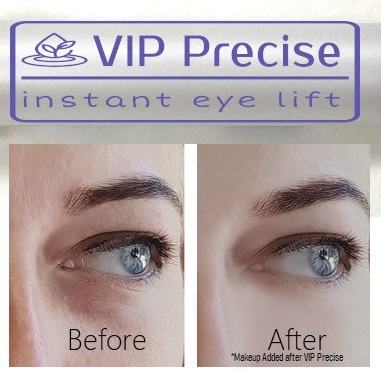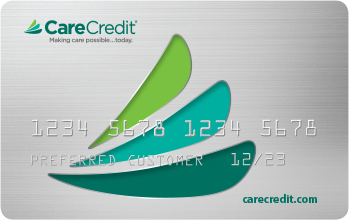1155 NW 13TH ST, Gainesville, FL 32601
All FDA Approved Devices. Newest Laser TechnologyTHE BEST LASER HAIR REMOVAL PACKAGES!
PRICES BELOW: Click "Book Online," Call or TextSpider Vein Laser Treatment
“Spider vein laser therapy works by sending strong bursts of light into the vein that make the vein slowly fade and disappear.” -Mayo Clinic
The Bottom Line: Laser for Spider Veins
- There are 2 main types of spider vein removal: laser and sclerotherapy. Both types of treatments are safe with a low complication rate.
- Laser therapy uses intense pulses of light to remove them.
- Sclerotherapy is an injection into the spider veins to make them scar and collapse.
- Laser works when spider veins are thin or thready and can’t be removed with sclerotherapy.
- Sclerotherapy is the standard of care to remove spider veins but laser treatment allows for higher success rates when sclerotherapy fails to remove them all.
What are spider veins?
Spider veins are creepy, crawly critters that show up when and where you least expect it! Spider veins are medically known as telangiectasias. They often appear as red or purple web-like lines. Spider veins are most common on the legs and feet. They also occur on the face and many other areas.
Venous insufficiency causes the back up of blood to cause both spider veins and varicose veins. These veins are unsightly but do not usually cause symptoms. Some will experience swelling, tingling, burning and aching. Occasionally they can become red, swollen and result in thrombophlebitis.
Causes of Spider Veins
There is a variety of factors which can result in a back up of venous blood. These causes include:
- Prolonged standing
- Family history
- Advancing age
- Overweight
- Smoking
- Sedentary lifestyle
- Pregnancy
Preventive Lifestyle Changes for Spider Veins
There are several preventive lifestyle changes that can be employed to prevent these veins. These methods include exercise, compression hoses, and elevation of the legs. One of the reasons that varicose veins and spider veins will form is because the muscle contractions required to move the blood through the venous system are not strong enough, and the blood begins to pool. In response to this, many women and men find that doing calf raises and other exercises for the lower extremities throughout the day will help to improve muscle strength and therefore the venous pump system. Furthermore, those who stand or sit for most of the day tend to develop spider veins with much higher probability than those who stay active on their feet.
Exercises for Spider Veins
Calf raises are done either on a stair or on a set of stacked books. Stand with the ball of your foot on a couple of stacked books and raise and lower your entire body using only the ball of the foot. This exercise works the calf muscle which plays a significant role in the venous pump system.
Up to 50 to 100 calf raises each day as well as raising up on the toes from time to time throughout the day should enhance the venous system of the legs. In response to the development of these calf muscles, they should also be stretched. This can be accomplished by placing one leg behind the other approximately 6 to 8 inches from a solid wall. Hands should be placed on the wall, with the knee of the extended leg straight and the other knee bent, while leaning into the wall. The calf area will begin to stretch.
Walking is another exercise that can be done, rain or shine, every single day, in order to improve muscle development in the lower extremities. Walking aids the return of the venous blood, not only during the walk but also for several hours afterwards. When one will be sitting or standing for any length of time they should be sure to make it a point to get up every 10 to 15 minutes and move around. If employment entails standing in one place, then have the patient do some calf raises and move the legs at least every 10 minutes.
Compression Stockings for Spider Veins
Compression stockings are another means of improving circulation and have been the mainstay of treatment for varicose veins for decades. These stockings are also called compression hoses. They can also be used to prevent the formation of varicose veins, especially when you know there is a genetic predisposition to the condition. Individuals who suffer from varicose veins will also experience some relief from symptoms using compression stockings.
Excess Weight and Spider Veins
Excess weight is another risk factor that significantly changes the percentage of individuals who will develop varicose veins or spider veins. By exercising and controlling weight, the circulation will also improve and decrease the amount of pressure placed on the valves.
Another way of maintaining an appropriate weight is to eat a balanced diet. The nutrients may also help prevent spider veins and varicose veins. For example, vitamin C and protein are both components of the production of collagen. Collagen, while a significant factor in anti-aging products, is also one part of the development of veins and valves. If you have enough collagen in your veins and valves and in good shape, you are more likely to be resilient to varicose veins and spider veins.
Spider Veins Worsened by Sitting and Standing
While standing for too long can be an issue, so can sitting. Some experts theorize that even sitting for extended periods can contribute to the development of varicose veins. The theory is that the bending of knees and hips will compress veins and slow the return of blood to the heart. So, it is important to routinely move the legs during any long car ride, plane ride, or sitting at a desk.
While sitting can create greater pressure in the lower extremities, crossing your legs will slow the circulation even further. Legs should be crossed at the ankles only. Crossing at the knees not only causes increased pressure and increases the risk of closing the veins, but it also negatively impacts any problems with the knees and hips.
Elevate the Legs for Spider Veins
After working, legs should be elevated up above the level of the heart for at least 30 minutes to help improve the flow of blood through the venous system.It is helpful to sleep with a few pillows under the feet in order to keep them elevated above the level of the heart. Patients should not wear underwear that are tight at the waist or in the groin. This acts as a tourniquet that restricts blood flow which increases your risk of developing spider veins.
Spider Vein Laser Treatment
Spider veins are thin superficial veins which spread out and are much smaller in diameter than varicose veins. Options for treatment of the larger varicose veins are surgery, vein ligation, vein stripping, or saphenous ablation. Varicose veins that protrude from the surface are best treated by this method. Another option is sclerotherapy. This involves injection of a chemical into the vein causing destruction to the vein. If the spider veins are large enough to be injected by a needle, sclerotherapy is a good option.
Spider veins are thin blood vessels near the surface of the skin. This makes them impossible to treat using surgery or sclerotherapy. In this case, laser therapy is the best option. According to Mayo clinic, “spider vein laser therapy works by sending strong bursts of light into the vein that make the vein slowly fade and disappear.”
In many cases, the laser is the only option for the following scenarios:
1. If you have an allergy to the chemical agents used in sclerotherapy.
2. If you are afraid of needles.
3. If your spider veins are too small for a needle to be used for sclerotherapy.
What is the procedure like?
The laser therapy procedure is fairly simple. A numbing cream is added to the surface of the skin much like the dentist uses. A special laser is used which uses a pulse of light attracted to the hemoglobin in the veins. These laser pulses of light energy heat the vein walls and destroy them. The vessels even seem to disappear as the laser hits them. The small vessels will turn red after treatment and disappear over 4-6 weeks as the areas heal.
Where can I get spider vein laser treatment?
You are welcome to be evaluated for spider vein laser treatment at VIP Health and Laser Clinic in Gainesville, Florida. Superficial spider veins are easy to treat with a diode laser. This is a special infrared laser used at a specific energy setting to heat up and breakdown the veins almost instantly. As the veins are pulsed by the laser, they develop redness with inflammation. Over time, these will heal and the body will reabsorb the small vessels. These small superficial and unsightly spider veins are not needed by the body. After they are destroyed by the laser, new collateral veins will develop.
How many laser sessions are needed?
Usually 1 or 2 treatments are usually enough to get rid of mild to moderate areas of spider veins in most areas. Up to 4 treatments every 6 weeks might be needed in areas with extensive coverage of spider veins. The superficial spider veins are the easiest to get rid of. The ones that run deeper in the skin can require more sessions. The treatment has some sharp pain with each pulse of the laser. One of the advantages is that it doesn’t hurt much between the pulses. The procedure is tolerated well with topical anesthetic. Laser therapy is much less painful than either vein stripping or sclerotherapy.
Laser therapy is extremely safe. Blistering of the skin over the areas of spider veins is common but heals over 1-2 weeks. Darker or lighter pigmentation can occur over the areas. Changes in pigmentation can last up to 6 months. Sometimes bruising results. About 3% of patients will develop a scar at the site of spider vein laser treatment. Small scars can occur if the laser is used over a concentrated area of veins.
You are welcome to book the spider vein laser treatment online for VIP Health and Laser in Gainesville, FL. Please click the button below to follow our easy step-by-step intake process. Call us anytime if you have any concerns or questions at 800-410-1678.
Spider Vein Laser Treatment
We also perform sclerotherapy injections to get rid of spider veins.
Read About Sclerotherapy for Spider Veins

Enter your info to receive $25 off your 1st Spider Vein treatment.

